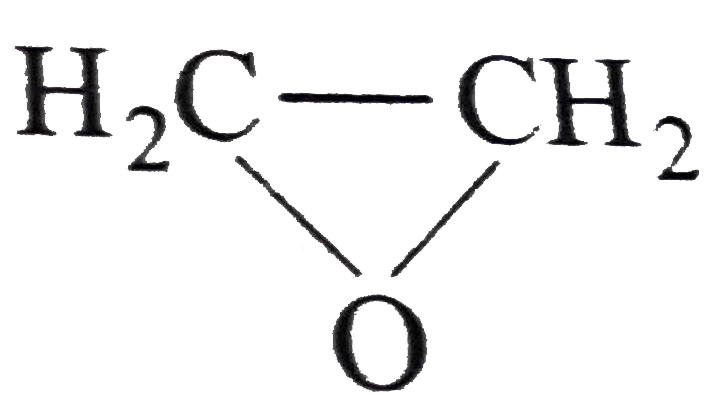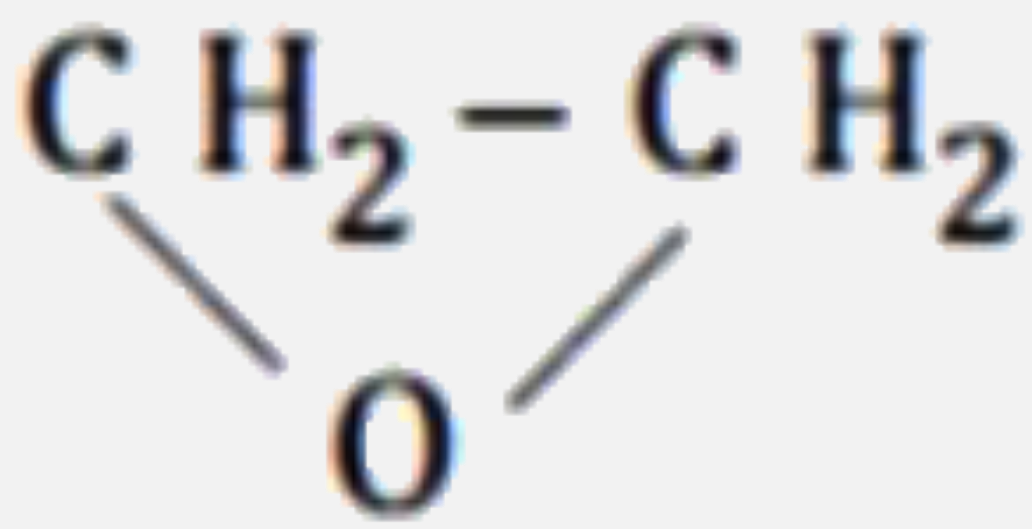What are the weather conditions that lead to the formation of a cyclone?
To answer the question about the weather conditions that lead to the formation of a cyclone, we can break down the explanation into clear steps:
1. Warm Sea Surface Temperature:
- Cyclones typically form over warm ocean waters. The sea surface temperature needs to be sufficiently warm, usually above 26.5 degrees Celsius (about 80 degrees Fahrenheit). This warmth provides the energy needed for the cyclone to develop.
2. Atmospheric Instability:
- For a cyclone to form, the atmosphere must be unstable. This means that the air must be able to rise easily. The presence of warm air at the surface and cooler air above creates instability, allowing for the development of strong winds and low pressure.
3. Low Pressure Area:
- A cyclone requires a low-pressure area to form. The difference in atmospheric pressure creates a pressure gradient, which causes winds to blow towards the low-pressure area. The Coriolis effect also plays a role, helping to organize the wind patterns around the low-pressure center.
4. High Humidity:
- High humidity levels in the lower to middle levels of the troposphere are essential. Moist air rises and cools, leading to condensation and the release of latent heat, which further fuels the cyclone.
5. Pre-existing Disturbance:
- A pre-existing low-level disturbance or focus is often necessary for cyclone formation. This could be a weather front or another weather system that provides the initial conditions for cyclone development.
6. Low Vertical Wind Shear:
- Low vertical wind shear is important for cyclone formation. This means that there should not be a significant change in wind speed or direction with height. High wind shear can disrupt the organization of the cyclone, preventing it from strengthening.
Summary of Conditions:
- Sufficient warm sea surface temperature
- Atmospheric instability
- Development of a low-pressure area
- High humidity in the lower to middle troposphere
- Pre-existing low-level disturbance
- Low vertical wind shear
- Cyclones typically form over warm ocean waters. The sea surface temperature needs to be sufficiently warm, usually above 26.5 degrees Celsius (about 80 degrees Fahrenheit). This warmth provides the energy needed for the cyclone to develop.
- For a cyclone to form, the atmosphere must be unstable. This means that the air must be able to rise easily. The presence of warm air at the surface and cooler air above creates instability, allowing for the development of strong winds and low pressure.
- A cyclone requires a low-pressure area to form. The difference in atmospheric pressure creates a pressure gradient, which causes winds to blow towards the low-pressure area. The Coriolis effect also plays a role, helping to organize the wind patterns around the low-pressure center.
- High humidity levels in the lower to middle levels of the troposphere are essential. Moist air rises and cools, leading to condensation and the release of latent heat, which further fuels the cyclone.
- A pre-existing low-level disturbance or focus is often necessary for cyclone formation. This could be a weather front or another weather system that provides the initial conditions for cyclone development.
- Low vertical wind shear is important for cyclone formation. This means that there should not be a significant change in wind speed or direction with height. High wind shear can disrupt the organization of the cyclone, preventing it from strengthening.
- Sufficient warm sea surface temperature
- Atmospheric instability
- Development of a low-pressure area
- High humidity in the lower to middle troposphere
- Pre-existing low-level disturbance
- Low vertical wind shear
Topper's Solved these Questions
- OUR UNIVERSE BOOK - PEARSON IIT JEE FOUNDATIONCHAPTER - OUR UNIVERSE EXERCISE - CONCEPT APPLICATION (LEVEL-1)
33 Videos
- OUR UNIVERSE BOOK - PEARSON IIT JEE FOUNDATIONCHAPTER - OUR UNIVERSE EXERCISE - CONCEPT APPLICATION LEVEL-2
40 Videos
- OUR UNIVERSE BOOK - PEARSON IIT JEE FOUNDATIONCHAPTER - OUR UNIVERSE EXERCISE - TEST YOUR CONCEPTS (VERY SHORT TYPE QUESTION)
52 Videos
- MOCK TESTBOOK - PEARSON IIT JEE FOUNDATIONCHAPTER - MOCK TESTEXERCISE - MULTIPLE CHOICE QUESTION
25 Videos
- SOUNDBOOK - PEARSON IIT JEE FOUNDATIONCHAPTER - SOUNDEXERCISE - ASSESSMENT TESTS (TEST -2)
14 Videos
Similar Questions
Knowledge Check
The reaction of
 with RMgX, leads to the formation of :ARCHOHRBRCHOHCH3CR2CHCH2OHDRCH2CH2OH
with RMgX, leads to the formation of :ARCHOHRBRCHOHCH3CR2CHCH2OHDRCH2CH2OHCombination of two AO's lead to the formation of
ATwo MO'sBThree MO'sCOne MODFour MO'sWhat is a cyclone ?
AA low pressure system with clock-wise winds in the northern hemisphereBA high pressure system with anticlock-wise winds in the northern hemisphereCA low pressure system with anticlock-wise winds in the northern hemisphereDA high pressure system with clock-wise winds in the northern hemisphere


 with
with